DirecTV’s new ‘marionette’ spots, aimed at showcasing the company’s wire-free boxes, feature CG animation from The Mill. The VFX studio created characters with puppeteered-like performances based on actual stand-in actors and real marionettes. We talked to some key members of The Mill’s team about the commercials from agency Grey and production company Hungry Man.
“The most important decision was choosing to shoot real actors in full wardrobe in place of the marionettes,” says The Mill’s shoot supervisor and 3d lead Chris Bayol. “This gave us a live set in which director Bryan Buckley could direct and the actors could engage with real characters in their performances.”
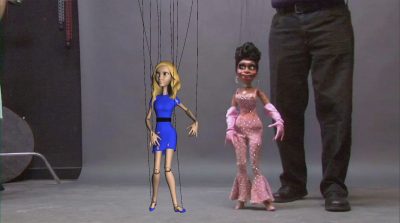
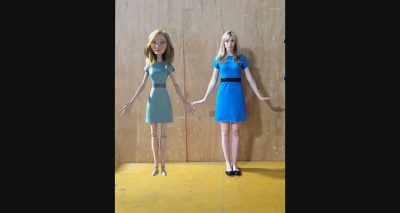
“We studied the animation language of how marionettes move in great depth, even shooting puppeteers at Legacy Effects who are incredibly skilled and just amazing to watch!,” adds Bayol. “There were times where we heightened the clumsiness to add to the comedy value and other moments where we toned down the exaggeration to convey the emotional connection between the characters.”
“We knew that it was going to be an incredibly complex animation job from the start,” adds The Mill creative director Robert Sethi. “There are multiple characters with intricate details, so we wanted to make it as smooth a process as possible for both Grey and Bryan. By basing it on live-action performance, we had an idea of what the shots would look like which was reassuring for everyone.
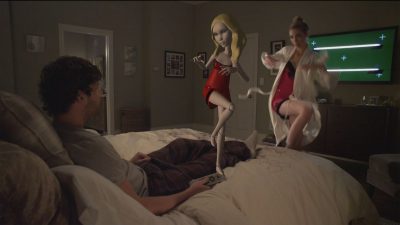
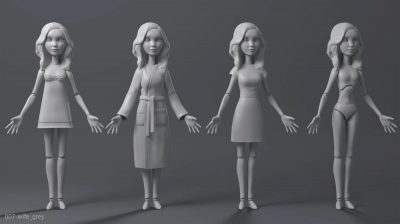
Production of the spots began with stand-in actors in full wardrobe that matched what the final puppet would be wearing. “For example,” says Bayol, “the wife with the lemonade glass was wearing a blue dress that can be seen through the glass which helped us for cleanup, meaning we didn’t have to render CG pictures of lemonade. For the clean plates we removed the puppet actors and re-shot the takes with just the main actor who played the husband. We also removed all actors and shot clean tiles.”
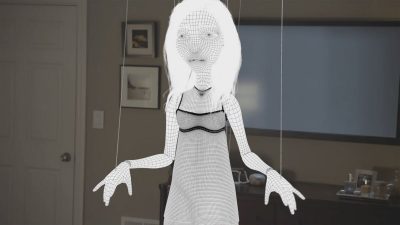
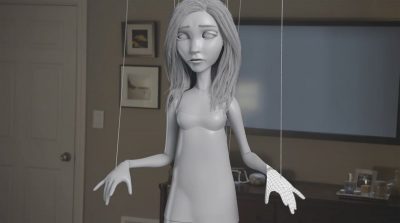
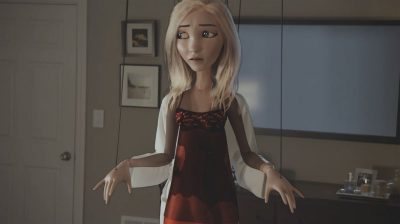
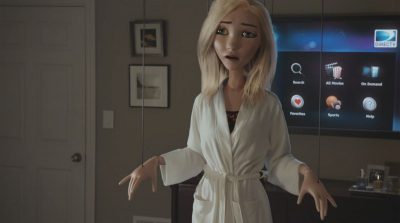
A HDRI, grey chrome sphere and Macbeth chart was also captured for each set-up. “We rendered with Arnold and used our in-house hair shader developed by our RnD team that simulates a very accurate representation of hair,” explains Bayol. “Because we were shooting with reference actors that would need to be cleaned up in 2D, we shot a slew of elements including clean pates with repeated camera moves by the DP, tiled clean plates and shadow plates where we turned off the main key lights and shot the environment with only the ambient light.”
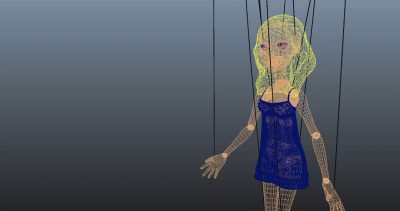
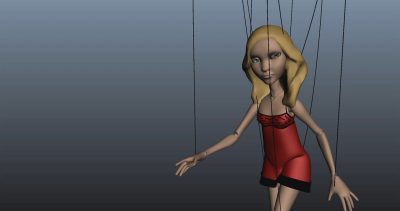
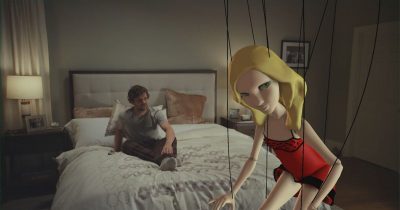
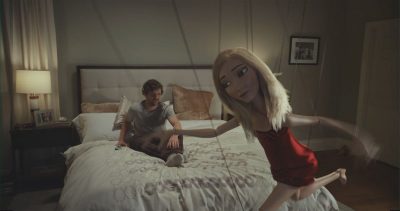
For the CG marionettes, The Mill began with referencing the Legacy Effects designs, which were provided as 3D sculpts. “After we were finished with up-rezzing the models for rendering,” describes Bayol, “we textured them and added all the small details you might find in plastic and silicone. Each shot then involved keyframe animation as well as cloth simulations, hair simulations, and wire simulations. If we didn’t feel it necessary to connect closely to the characters emotionally, simulation might have been an easier route. But because we wanted to stay true to the actors’ performances, it was more manageable to use keyframe animation for the physical subtleties of a marionette’s movements.”
Compositing the marionettes into the live action plates proved challenging since things had been shot as naturally as possible. “We found that the cleanup process was about finding the right methodology for each shot,” says The Mill’s 2d lead artist Becky Porter.
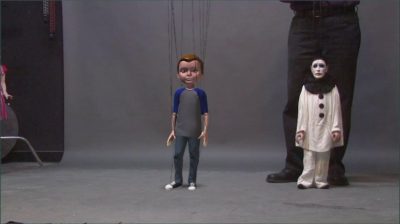
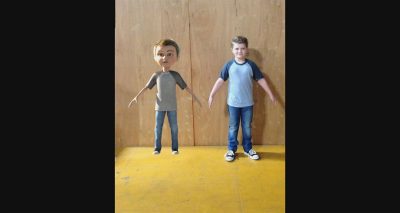
“For the cleanup of the backgrounds it was best was to bring in the geo and track and project our clean patches,” continues Porter. “We also chose to restore the actress’ interactive shadows within the room as it worked with our CG marionettes’ performances. The most challenging part was where the wife overlapped with our actors. We found the best way to remove her was to get stills of the actors that we’d shot on set from multiple angles and morph between those stills to reintroduce the movement to the cleaned up clothing.”

Pingback: How The Mill made its marionettes | Occupy VFX!
Pingback: How The Mill Made its Marionettes for DirecTV | FilmmakerIQ.com
Pingback: Marionettes – No more wires! | CGNCollect